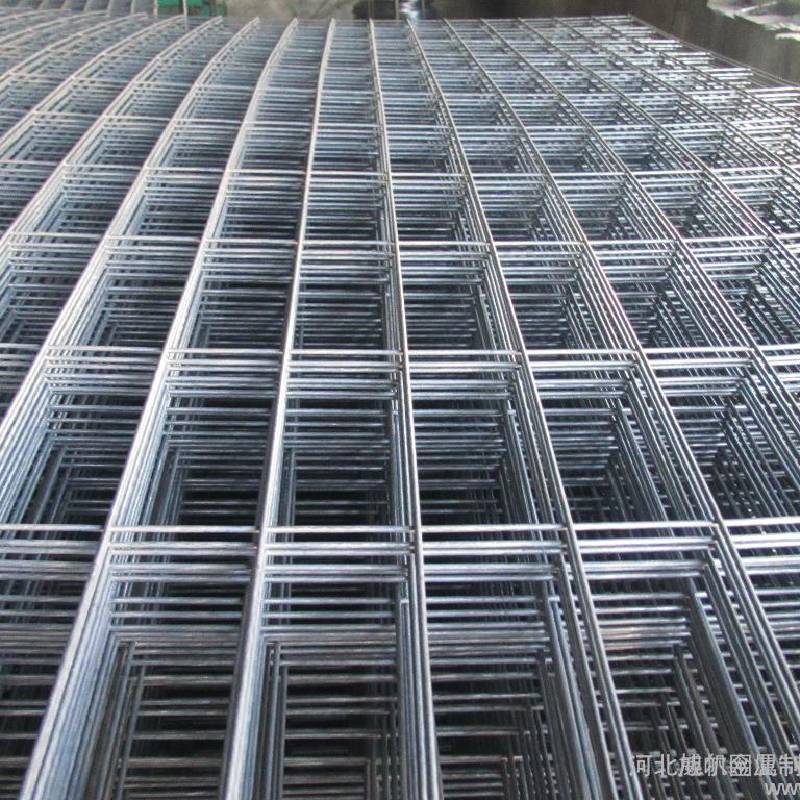
- Mobile Phone
- +8613931874955
- sales@cntcmetal.com
wire metal grid
Understanding Wire Metal Grids Applications and Innovations
Wire metal grids, also known as wire mesh or wire screens, are versatile structures formed by intersecting wires that create a grid-like pattern. These grids are typically made from various metals, including stainless steel, aluminum, carbon steel, and more. Their design and composition allow them to serve a plethora of functions across various industries, highlighting their importance in modern applications.
Composition and Fabrication
The manufacture of wire metal grids involves the weaving, welding, or bonding of wires to create a cohesive structure. The selection of metal is critical, often based on the desired strength, environmental resistance, and conductivity. For instance, stainless steel grids are commonly used in outdoor applications due to their excellent corrosion resistance. On the other hand, aluminum grids are preferred for their lightweight properties, making them suitable for applications where weight is a crucial factor.
The fabrication processes include processes such as punching, laser cutting, and welding. Each technique imparts specific characteristics to the grid, including flexibility and strength. For example, welded wire grids exhibit high tensile strength and are typically used in construction and industrial settings where robust support is required.
Applications in Various Industries
1. Construction and Architecture One of the most prominent applications of wire metal grids is in the construction industry. They are utilized as reinforcement materials in concrete, providing structural integrity and strength to buildings and bridges. Additionally, architectural designs often incorporate wire mesh as aesthetic elements in facades, railings, and ceilings, combining functionality with perceptual appeal.
2. Filtration and Separation Wire metal grids play a crucial role in various filtration applications. In the food and beverage industry, these grids are essential for filtering out impurities and ensuring product quality. Similarly, they are used in wastewater treatment plants to separate solids from liquids, playing a vital role in maintaining environmental standards.
wire metal grid

3. Automotive and Aerospace In the automotive sector, wire metal grids are employed in exhaust systems and sound-dampening materials, contributing to the efficiency and comfort of vehicles. The aerospace industry also uses these grids in different applications, including weight-saving measures in components that require a combination of rigidity and lightness.
4. Safety and Security Wire grids enhance safety in various environments. Security grills and fences made from wire mesh offer a reliable barrier for commercial properties and private residences. In industrial settings, wire mesh is often used to create safety barriers to protect personnel from hazardous machinery and areas.
5. Art and Design Beyond practical applications, wire metal grids have found their place in the world of art. Artists and designers often use these grids as canvases or structural frameworks for installations, sculptures, and decorative elements. Their versatility allows for an immense range of creative expression.
Innovations in Wire Metal Grid Technology
Recent advancements in technology have led to innovations in wire mesh design and application. The introduction of 3D printing has enabled the creation of complex grid structures that were previously difficult to manufacture using traditional methods. Similarly, advancements in coatings and treatments help improve the durability and corrosion resistance of wire grids, extending their lifespan and performance in harsh environments.
Another area of innovation is the use of wire grids in smart technologies. Incorporating sensors into wire mesh structures can lead to improved monitoring and data collection in various applications, such as in smart buildings or environmental monitoring systems. These developments highlight the future potential of wire metal grids, combining traditional uses with cutting-edge technology.
Conclusion
Wire metal grids are an integral part of contemporary infrastructure, contributing to various sectors, including construction, filtration, automotive, aerospace, and security. Their adaptability and strength make them invaluable in functional and aesthetic applications. As technology advances, the potential for wire metal grids continues to expand, paving the way for novel innovations and applications that will shape industries for years to come. From reinforcing buildings to enhancing artistic designs, wire metal grids represent a unique intersection of engineering, functionality, and creativity, underscoring their enduring significance in our world.
share:
-
Your Source for Concrete Wall Ties and Masonry AccessoriesNewsJul.10,2025
-
Unlocking the Power of Iron Wire for Every ProjectNewsJul.10,2025
-
Explore Advanced Chain Wire and Stainless Steel Mesh FencingNewsJul.10,2025
-
Discover the Benefits of Annealed Wire ProductsNewsJul.10,2025
-
Discover China Stainless Steel Wire Mesh SolutionsNewsJul.10,2025
-
Build with Confidence Using High-Performance Masonry AccessoriesNewsJul.10,2025
-
Why Sacrificial Formwork Is Redefining Underground ConstructionNewsJun.06,2025



















